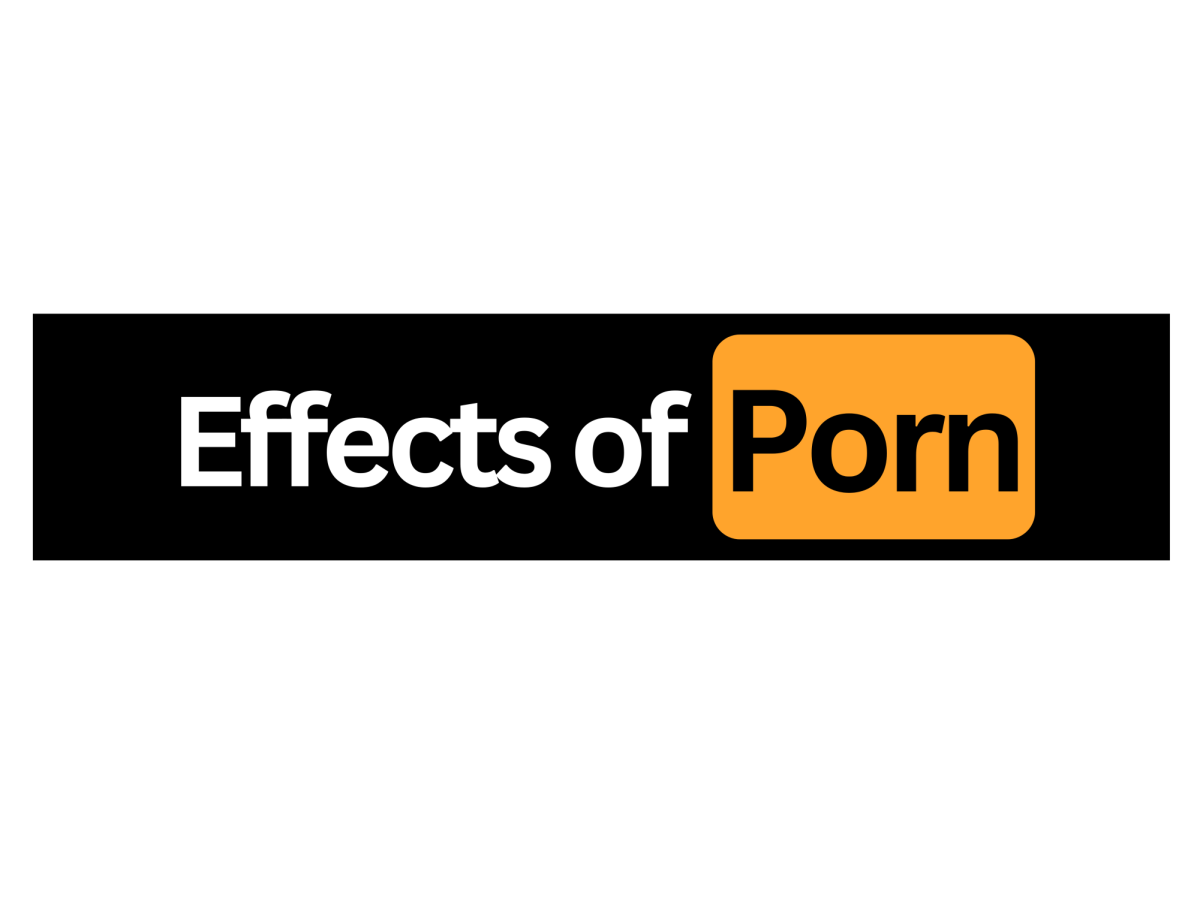As the Naviance scatterplots will tell you, LM is going south. This southern shift is not metaphorical– each year, an increased number of students flock to apply to colleges in the southern half of the United States. Since the implementation of the Common Application, admission rates have increased drastically, especially among southern schools. Deviating from previous applicant trends of staying local, students from the northeast are fleeing down south at rates never seen before. What is the appeal of southern schools, and why are northern students, specifically at LM, seeking a southern education?
As a whole, college admissions have become far more competitive. Ranging in size, location, and specialization, there is no denying that universities have fought to raise their prestige. Traditionally associated with high-caliber education, universities in the northeast have been highly sought after for decades. Harboring the globally-esteemed Ivy League, along with a handful of distinguished top fifty post-secondary institutions, application rates at northern schools have always been high. However, the recent spike in applications to southern schools has proven shocking. As a whole, college applications to southern colleges have increased by thirty percent since 2018—a shift driving down admission rates significantly. Highly-ranked schools such as the University of Georgia and Emory University have received over 100 percent more applicants in the past decade than ever before. Partially attributable to the ease of College Board’s application method, the draw to such schools ties back into themes of high Greek life participation, strong sports culture, and traditionally low tuition.
Often considered the fun party equivalent of northern universities, students flock down south for a good time. Eva Grant ’26 shares, “I care a lot about the quality of my education, but I also want to have a good college experience. Southern schools offer this because they balance out the pressures of being a student with fun, stress-free opportunities.” Traditionally affiliated with intense academic culture, it is no surprise that LM students are fleeing to lower stress environments. Grappling with enhanced competition stemming from increased AP class culture, sports emphasis, and overall extracurricular strain, many teenagers find themselves reaching for relief from this pressure. Traditionally regarded to be lower in prestige with comically high acceptance rates, southern institutions feature a key appeal—accessibility.
Fighting for retention rates of undergraduate students seeking to enter the workforce, numerous southern states have implemented policies discounting tuition for out-of-state students. The economic importance of attracting high-achieving students is far from unknown to these institutions, which sacrifice millions to draw in a more variable applicant pool. With over fifty percent of college graduates remaining local to the metropolitan area in which they received their bachelor’s degree, according to Upjohn Research, areas with a broader variety of applicants prove to be of higher economic success. The bottom line, to US universities, is that competitive applicants not only enhance the credibility of their institution but also of their geographic location. Participating in the Academic Common Market (ACM), a myriad of universities now allow out-of-state students to pursue degrees in content areas that are not offered where they are from, at an in-state rate. Other states, such as Florida, permit applicants with grandparents residing in the state to receive in-state prices, slicing off nearly half of their tuition. Fighting the intimidating sticker prices of a modern tertiary education, such programs pose a huge benefit to applicants. Elaborating on this phenomenon, Grace Yin ’26 adds, “Although I am mostly applying to schools outside of the South, I am still definitely applying to some I have family in, just because financially it’s such an easy choice.” This is not a standalone opinion—rather one made by a significant number of seniors each year.
Deviating from the typical connotations of a southern education, many universities have streamlined their programs, appealing to students from across the country. However, despite this educational uniformity, political landscapes are tense. Coming from typically politically liberal and diverse school settings, students up north can be met with highly polarized political settings. With many southern school cultures restricting students from having a broad spectrum of political beliefs, the LM bubble is often burst by harsh uniformity. Although a southern education is a warm, fun alternative to the constricting LM culture we are accustomed to, full consideration of the complete landscape within these institutions is necessary before hitting the accept button on Common App.





